Who Pays for My Injuries if the Other Driver is Uninsured?
Despite state laws, many drivers choose to get behind the wheel of a car or truck without having the necessary insurance coverage. When these drivers cause accidents, victims may need to turn to their own insurance company for compensation through an uninsured motorist claim.
If you suffered injuries in an accident that an uninsured driver caused, you must retain experienced legal counsel as soon as possible. Your car accident lawyer in Tampa can file an uninsured motorist claim on your behalf, negotiate with insurance company representatives, and pursue the compensation you deserve for your losses.
How do Uninsured Drivers Cause Accidents?
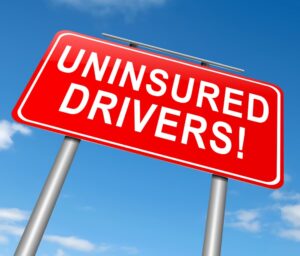
Uninsured motorist accidents often occur due to driver negligence, including careless behaviors that increase the risk of collisions. Negligence means failing to exercise reasonable care while behind the wheel of a motor vehicle, and this lack of care can manifest in various ways on the road.
- One common form of negligence is distracted driving. Uninsured drivers, like others, may use their phones, eat, drink, or engage in other distractions while driving. When drivers are not fully focused on the road, their reaction times are slower, and they are more likely to miss important signals or hazards, leading to accidents. A split-second distraction can be sufficient to cause a serious collision.
- Another example of negligence is driving under the influence of alcohol or drugs. Impaired drivers have reduced coordination, slower reaction times, and poor judgment. Uninsured drivers who are impaired are particularly dangerous because they are less likely to have the financial means to cover the damages and injuries they cause. This irresponsibility puts everyone on the road at greater risk.
- Speeding is another negligent behavior that uninsured drivers often exhibit. Speeding significantly reduces the time a driver has to react to unexpected situations and increases the severity of any accidents. Uninsured drivers may speed due to a lack of fear over financial repercussions – since they already aren’t complying with insurance laws. This reckless disregard for speed limits can easily lead to preventable accidents.
- Failing to obey traffic signals and signs is also a form of negligence. Running red lights, ignoring stop signs, and not yielding the right-of-way are dangerous behaviors that can cause serious accidents. Uninsured drivers may engage in these behaviors because they are trying to evade detection by law enforcement or because they are simply not conscientious about following traffic laws.
- Poor vehicle maintenance can also be a sign of driver negligence. Due to cost concerns, uninsured drivers may also skip essential maintenance tasks like oil changes, tire rotations, and brake checks. A poorly maintained vehicle is more likely to experience mechanical failures that can lead to accidents. For instance, worn-out brakes may fail to stop the car in time, causing a rear-end collision.
Common Injuries in Accidents with Uninsured Drivers
Accidents involving uninsured drivers can result in a wide range of injuries, often varying in severity depending upon the collision circumstances. These injuries can have significant physical, emotional, and financial effects on those involved.
- One of the most common injuries in accidents with uninsured drivers is whiplash. Whiplash occurs when a driver or passenger’s head suddenly jerks backwards and then forwards abruptly, causing strain on the neck ligaments and muscles. This type of injury is common in rear-end collisions, which are common in accidents involving uninsured drivers due to factors like distracted driving or inadequate vehicle maintenance.
- Traumatic brain injuries (TBIs) are another frequent consequence of accidents with uninsured drivers, especially in high-speed collisions or those involving rollovers. TBIs can range from concussions to severe brain damage and can have long-lasting effects on cognitive function, motor skills, and emotional well-being.
- Spinal cord injuries are particularly devastating injuries that can occur in accidents with uninsured drivers. Damage to the spinal cord can result in partial or complete paralysis, affecting a person’s mobility and independence for life. The costs associated with spinal cord injury treatment, including surgeries, medications, and assistive devices, can be high.
- Broken bones are also common injuries in accidents with uninsured drivers, particularly in high-speed collisions or accidents involving multiple vehicles. Fractures can occur in any part of the body, including the arms, legs, ankles, and wrists, and may require surgery to repair. Recovery from broken bones can be lengthy and painful, often requiring extensive physical therapy to regain mobility and strength.
- Soft tissue injuries, such as bruises, sprains, and strains, are frequently seen in accidents with uninsured drivers. These injuries may seem minor compared to fractures or TBIs, but they can still cause significant pain and discomfort, as well as interfere with daily activities and work responsibilities.
How to Legally Prove an Uninsured Motorist Claim
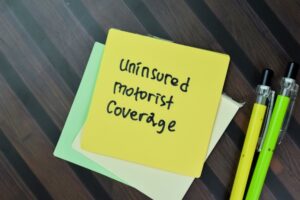
Proving the elements of an uninsured motorist claim involves gathering evidence and presenting it in a compelling manner to demonstrate that the uninsured driver was at fault for the accident and that the claimant is entitled to compensation. A car accident lawyer must establish several key elements to successfully pursue an uninsured motorist claim.
Firstly, it’s essential to prove that the other driver involved in the accident was indeed uninsured. This typically involves obtaining a police report documenting the accident and confirming the other driver’s lack of insurance coverage. Additionally, witness statements or photographic evidence of the accident scene may help corroborate this.
Second, the claimant must demonstrate that the uninsured driver was negligent and liable for the accident. Claimants and their attorneys might accomplish this by providing evidence of the other driver’s actions or omissions contributing to the collision, such as speeding, running a red light, or driving while distracted. Eyewitness testimony, traffic camera footage, and accident reconstruction reports can all be valuable pieces of evidence in proving negligence.
Next, it’s necessary to establish the extent of the claimant’s damages resulting from the accident. This includes both economic damages, such as medical expenses, property damage, and lost income, as well as non-economic damages, such as pain and suffering, emotional distress, and loss of enjoyment of life. Medical records, repair estimates, and documentation of missed work can all help quantify the claimant’s losses.
In addition to proving the uninsured driver’s liability and the claimant’s damages, it may also be necessary to demonstrate that the claimant has complied with the terms of their own insurance policy. This can involve providing proof of timely notification to the insurance company, cooperating with their investigation, and adhering to any other policy requirements.
Finally, adhering to the procedural and evidentiary rules governing uninsured or underinsured motorist claims in the relevant jurisdiction is important. This may include filing the claim within the statute of limitations, following proper court procedures, and presenting admissible evidence to support the claim.
An experienced car accident attorney in your area can gather the necessary documents and pursue an uninsured motorist claim with the appropriate insurance company on your behalf.
Types of Compensation Available in Uninsured Motorist Claims
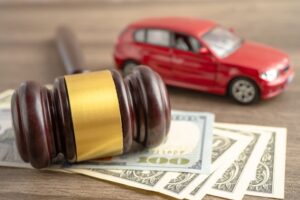
Victims of accidents involving uninsured motorists often face significant challenges, but they can still seek various types of compensation through an uninsured motorist claim or lawsuit. In these scenarios, an accident victim’s uninsured motorist coverage can supply the necessary monetary damages. These benefits should cover the financial, physical, and emotional losses the victim incurred due to the accident.
- First, victims can claim medical expenses. These include the cost of emergency room care, hospital stays, surgeries, medications, physical therapy, and any other medical treatments necessary for recovery. Future medical expenses can also be included if ongoing treatment is needed.
- Victims may also recover compensation for their lost income. If the accident caused the victim to miss work, they can seek compensation for income lost during recovery. This also extends to future earning potential if the injuries result in a long-term or permanent disability that affects the victim’s ability to work.
- Pain and suffering is another significant type of compensation. This covers the physical pain and emotional distress that the victim endures as a result of the accident. Emotional distress may include depression, anxiety, and other mental health complications that arise due to the accident-related trauma.
- Victims can also claim property damage. This includes the repair or replacement costs of the vehicle and any other personal property damaged in the accident.
- In some cases, victims may be eligible for loss of consortium. This type of compensation goes to spouses or family members who suffer due to the victim’s injuries, such as loss of companionship or support.
- Additionally, some victims may receive punitive damages. These are less common and punish the at-fault driver for particularly reckless, intentional, or malicious behavior, serving as a deterrent against such conduct in the future.
Navigating the legal and insurance systems can be complicated. Consequently, victims should consult an experienced car accident attorney to ensure they receive full compensation for their losses.
Litigating an Uninsured Motorist Claim in Court
Litigating an uninsured motorist claim through the court system involves several steps to resolve the dispute and obtain compensation for the victim’s injuries and losses. Those steps include all of the following:
- Pre-Filing Investigation – Before filing a lawsuit, the victim’s attorney thoroughly investigates the circumstances surrounding the accident and the uninsured driver’s liability. This may involve gathering evidence such as police reports, witness statements, medical records, and documentation of the victim’s damages.
- Filing the Complaint—The litigation process begins with filing a complaint in the appropriate court. The complaint outlines the victim’s claims against the uninsured driver, alleges negligence, and seeks compensation for the victim’s losses.
- Service of Process – Once the complaint is filed, it must be served on the uninsured driver, notifying them of the lawsuit and allowing them to respond. This is typically accomplished with a process server or via certified mail, and the uninsured driver must file a formal response within a specified time frame.
- Discovery – Discovery is the process of exchanging information and evidence relevant to the case. This may include written interrogatories, requests for documents, and depositions of witnesses and parties involved in the accident. Discovery allows each side to gather the facts and prepare their arguments for trial.
- Pretrial Motions – The parties may file various pretrial motions to address procedural issues or legal arguments before trial. These motions may include motions to dismiss, motions for summary judgment, or motions to exclude certain evidence from trial.
- Ongoing Settlement Negotiations—Throughout litigation, the accident victim’s lawyer and the insurance company may continue settlement negotiations. They may also use alternative dispute resolution (ADR) mechanisms, such as mediation, to potentially resolve the case out of court.
- Trial – If the case does not settle during pretrial negotiations or mediation, it proceeds to trial. At trial, both parties present their evidence and arguments to a judge or jury, who will determine liability and damages based upon the facts of the case and the applicable law.
- Judgment and Appeal – After the trial, the court will issue a judgment determining the outcome of the case. If either party is dissatisfied with the judgment, they may have the right to appeal to a higher court to review the decision.
An experienced car accident lawyer in your area can handle every step of the litigation process for you. Additionally, your attorney can represent you during all legal proceedings, including depositions and trial, and aggressively advocate for your rights and interests.
Throughout the litigation process, your car accident lawyer can answer all your questions and help you make intelligent and informed decisions.
Call an Experienced Car Accident Attorney Near You Today
Many people assume they are facing serious financial stress when an uninsured driver hits them. Fortunately, many accident victims can recover compensation for their losses, even without another driver’s liability coverage. You have legal options available if you suffered injuries in a collision due to an uninsured driver’s negligence, but knowing these options and how to pursue them can be challenging.
An experienced personal injury attorney in your area can go over your options with you, handle the legal components of your case, and work to maximize the compensation you receive for your accident-related losses. You must start the process by scheduling a free consultation with a car accident attorney today. Case evaluations are free.
Free Consultation
We Are Here For You 24/7
Reviews
– Elissa M.
“Really pleased with Boohoff Law! Received immediate responses when I had any questions. Treated amazingly by all staff … made this process a true breeze!”
– Caitlyn M.
– Brandy K.
Related Posts
Steps to Take After a Drunk Driver Hits Your Vehicle in Seattle
What Compensation Can You Claim for Severe Burn Injuries
What to Do After Being Injured in a Parking Lot Accident in Seattle
Recovery is personal.
We’re here for you.
You're better off with Boohoff.
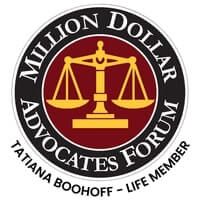


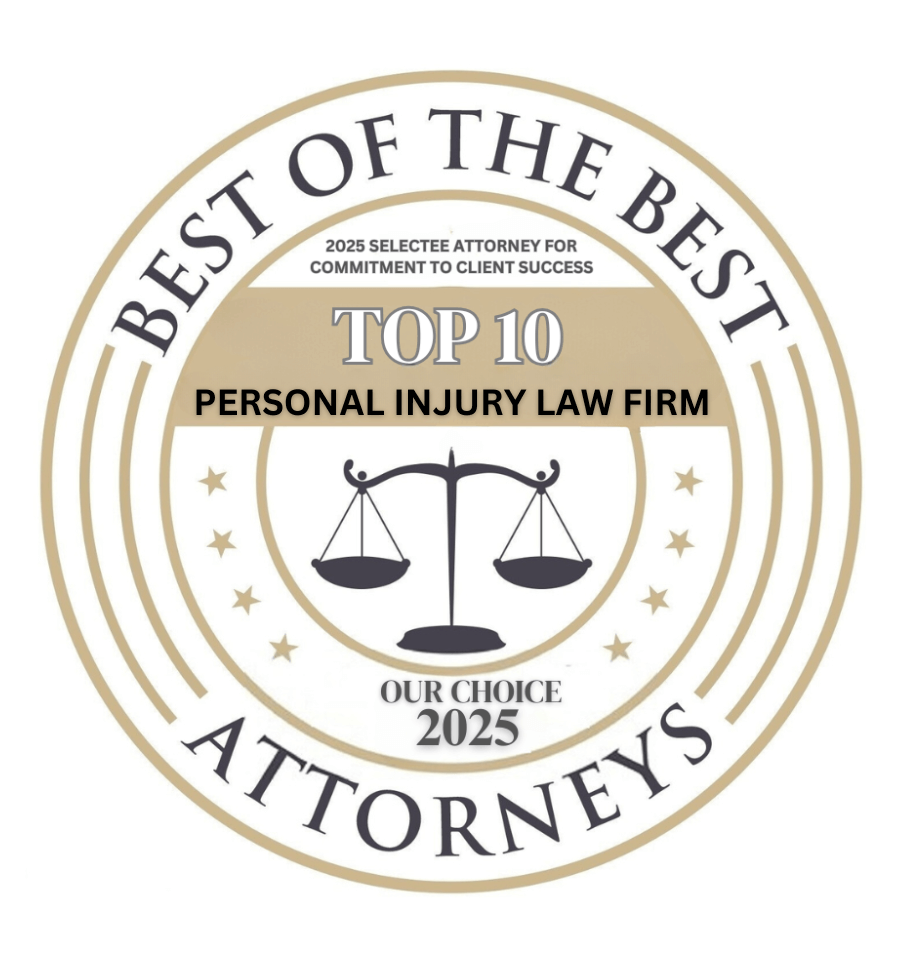
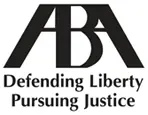
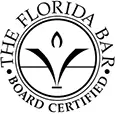
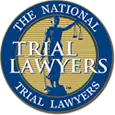




The information on this website is for general information purposes only. Nothing on this site should be taken as legal advice for any individual case or situation. This information is not intended to create, and receipt or viewing does not constitute, an attorney-client relationship.
available 24/7
(877) 999-9999
